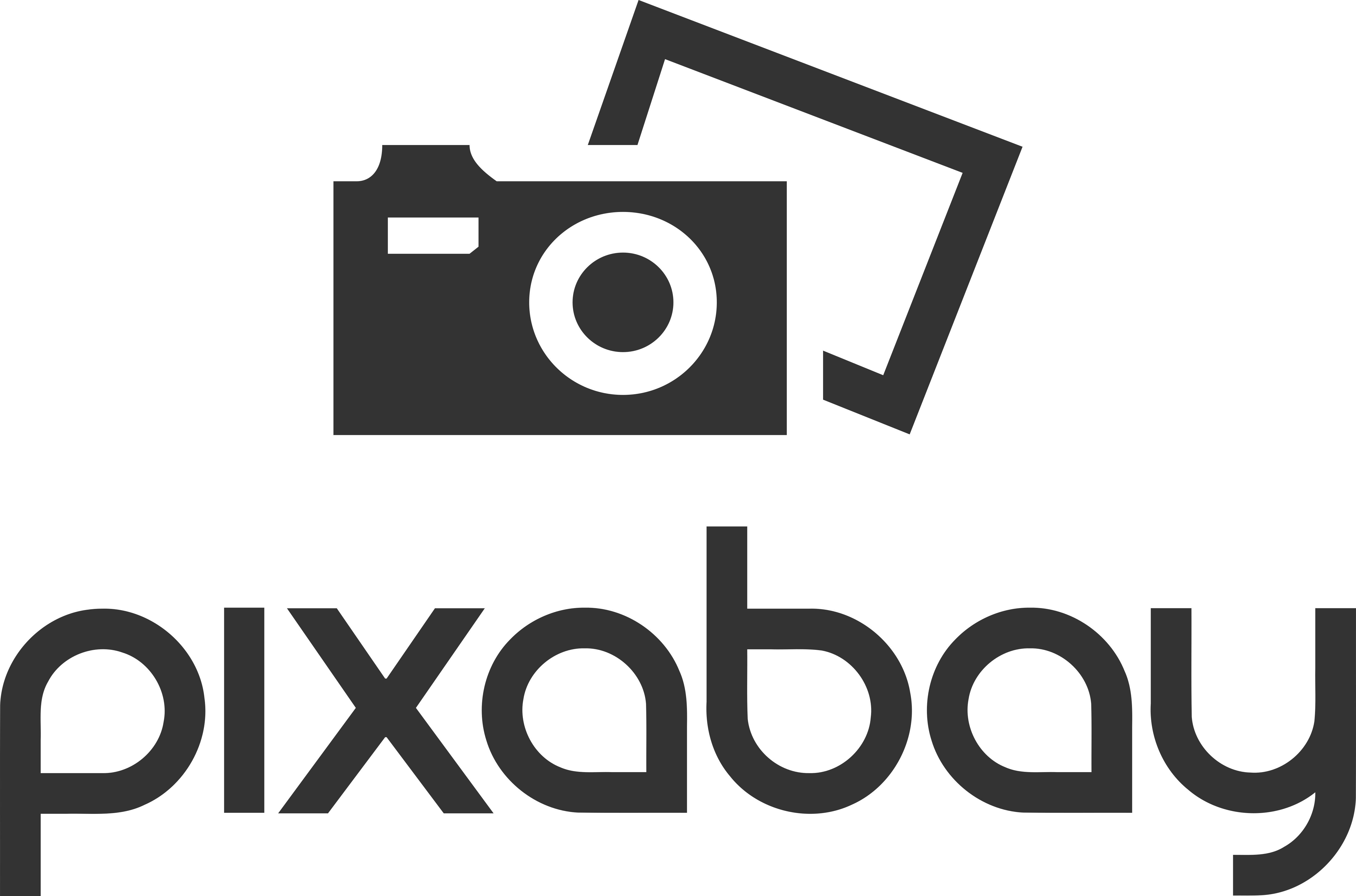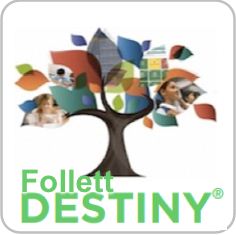Definitions
- Copyright: The law that protects creators, giving them right to control how their work is used.
- Creative Commons: Creative Commons is a set of licenses and legal tools that allow creators to share their copyrighted work while retaining the copyright to the original work. These licenses enable others to copy, edit, build upon, and share the work, with specific permissions granted by the creator.
-
Fair use:part of the copyright law that allows limited use of copyrighted material without needing permission from the copyright holder. This can include uses for purposes such as criticism, news reporting, teaching, and parody. The determination of fair use typically considers four factors:
- Purpose and character of the use: Whether the use is for commercial or nonprofit educational purposes, and if it is transformative (adding new expression or meaning).
- Nature of the copyrighted work: Whether the work is more factual or creative.
- Amount and substantiality of the portion used: How much of the work is used and its significance.
- Effect on the market: The impact of the use on the market value of the original work.
- Intellectual Property: Something you create, like inventions, written and artistic works, symbols, names, and images.
- Plagiarism: Using someone else’s work or ideas without giving them credit.
- Public Domain: Works that are not protected by copyright and can be used by anyone.
Stripling Model of Inquiry

- Connect: Provide detailed context to the sources and connect to the major themes of historical study. What connects with each group of students is particular to them and to the time.
- Wonder: Develop focus questions at different levels of thought and connect to larger themes for the unit of study.
- Investigate: Determine the main ideas and details. Investigate the purpose of the source and the author’s point of view.
- Construct: Draw conclusions about the evidence that has been compiled.
- Express: Apply new ideas to share with others.
- Reflect: After every investigation, short or long, pause to ask what we learned about the inquiry process. What new skills? What approaches? What pitfalls? Also take a moment to identify new or still unanswered questions to take learning to a higher level.




